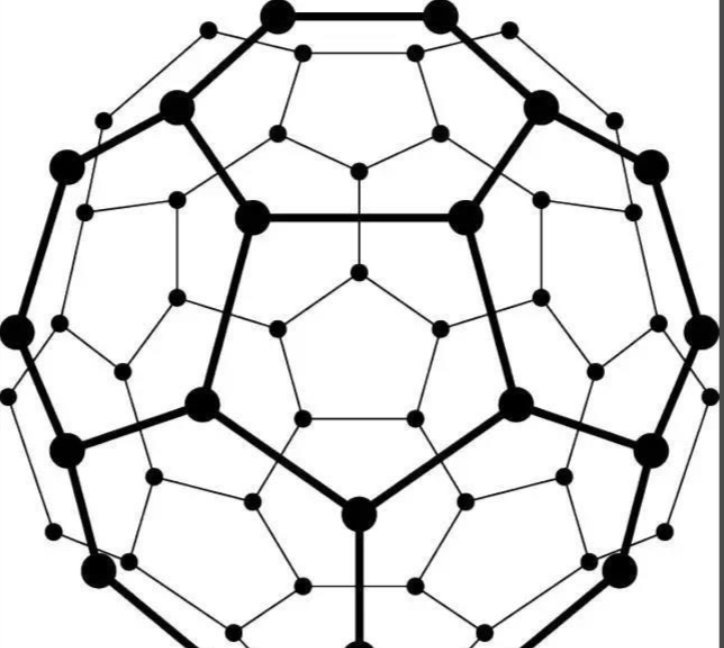Graphene in Anti-Corrosion Coatings: A Breakthrough in Industrial Surface Protection
🔹 Introduction
Corrosion costs the global economy over $2.5 trillion annually, affecting industries from oil & gas to transportation and infrastructure. Graphene, thanks to its atomic-scale thickness, impermeability, and chemical inertness, is becoming a highly promising ingredient in next-generation anti-corrosion coatings.

🔹 1. Why Graphene is a Game-Changer
-
Impermeable to gases and liquids (even helium)
-
Chemically inert and thermally stable
-
Improves adhesion, toughness, and UV resistance of coatings
-
Acts as a physical barrier and electron trap
🔹 2. Types of Graphene-Based Coatings
a. Graphene-Epoxy Composites
-
Most widely researched system
-
Applied to pipelines, tanks, offshore structures
-
Slows down the diffusion of corrosive agents
b. Graphene-Polyurethane and Graphene-Zinc Hybrid Coatings
-
Combines graphene’s barrier effect with traditional cathodic protection
-
Used in marine and shipbuilding industries
c. Sprayable Graphene Coatings
-
Suitable for automotive and industrial machinery
-
Simple application on steel, aluminum, and composite surfaces
🔹 3. Target Industries
-
Oil & Gas: Long-life pipeline and rig coatings
-
Construction: Steel rebar and structural supports
-
Marine & Offshore: Hull protection, decks, platforms
-
Automotive: Underbody rust prevention, electrical shielding
-
Wind & Solar Farms: Harsh-environment resistant coatings
🔹 4. Recent Progress
-
India’s DRDO: Developed graphene paint for coastal structures
-
UK’s Applied Graphene Materials: Commercial barrier coatings for metal
-
University of Manchester: 100x improvement in rust prevention with graphene oxide coatings
🔹 5. Technical Challenges
-
Dispersion and stability in coating matrices
-
Cost-effective large-area application
-
Surface compatibility and adhesion
-
Consistency in graphene flake quality
🔹 Conclusion
Graphene is redefining the standard for corrosion protection by offering longer-lasting, thinner, and more efficient coatings. With increasing regulatory pressure and cost concerns, graphene-based coatings are poised to become a mainstream solution in industrial asset preservation.

